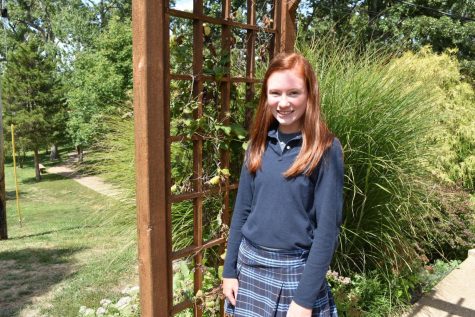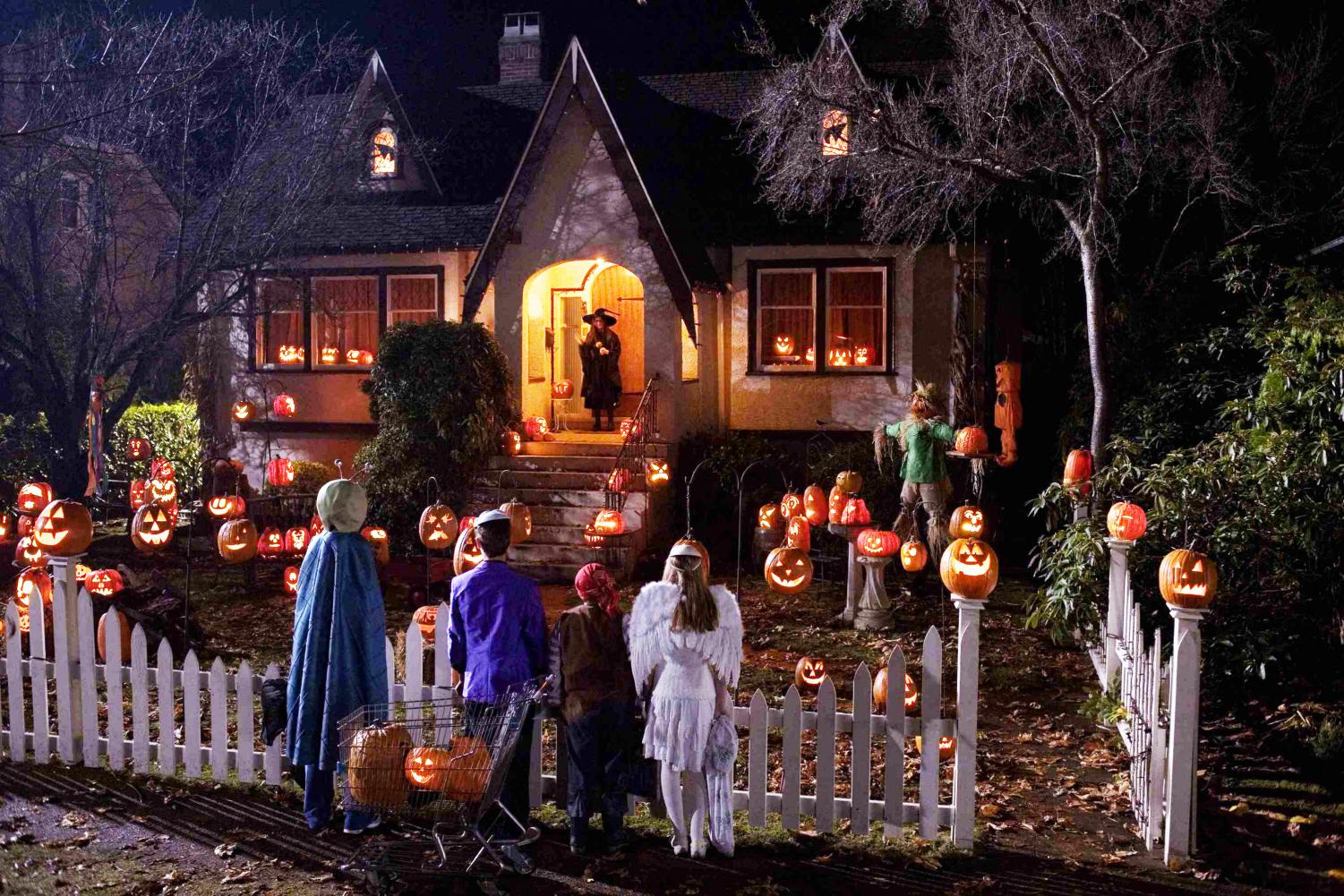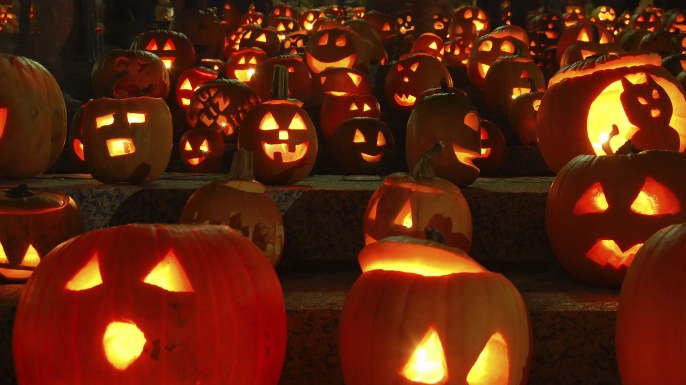
Sydney Hofstetter is a senior at St. Dominic High School. She is involved in CRU, Pro-life Club and is the treasurer of French Club. She is always out...

October 25, 2017
Even though Halloween is a nationally celebrated holiday, many people are clueless about its origins. From pagan rituals to black cats, here is a quick history of Halloween and its spooky traditions.

Unfortunately, the Celtic priests did not predict an enemy coming for their land. The Celts were conquered by the Roman Empire in 43 AD, and the Romans combined Samhain with Feralia and Pomona. Feralia was a day to commemorate the passing of the dead, kind of like a spooky holiday we have today. Pomona was the Roman goddess of fruit, and her symbol was an apple. Whenever you are bobbing for apples this year, think of Pomona, who most likely inspired the classic fall tradition.
The church declared the feast of All Martyrs Day to be November 1, and the feast of All Souls’ Day on November 2. On All Souls’ Day, the poor went house-to-house and begged for food. Citizens were encouraged to give out pastries called Soul Cakes in exchange for the beggars prayers for their departed loved ones. The night before All Martyrs Day came to be known as All Hallows’ Eve, which evolved into Halloween.

The feast day of All Hallows’ Eve traveled to America with the Pilgrims but was not widely accepted in the northern colonies. The strict Protestant belief system prohibited the celebration because of its pagan origins. However, Halloween was popular in southern colonies, like Maryland where the Protestant belief system did not dominate. They celebrated the harvest, held parties, told ghost stories and tried to predict each other’s future.
The popularization of Halloween led to American adaptations of the original Irish and English traditions. Taking after Celtic beggars, children began trick-or-treating as we know it today, in the 1930’s. Children would walk through neighborhoods and be given food, money or ale.
In Ireland, people set bowls of food outside of their houses to keep the ghosts away, much like modern day families set out candy bowls to appease rowdy kids on Halloween. Today, costumes are a way for kids to dress up as their favorite character, but costumes were actually used by the Celts to avoid the detection of evil spirits, who roamed the streets on Halloween night.

The Celtic influence does not stop at costumes and trick-or-treating. Jack O’ Lanterns originated from the Celtic tale of a drunken farmer named Jack who tried to trick the devil. He ended up being blocked from the gates of Heaven and Hell, forced to wander in the darkness of purgatory forever. To guide his spirit, Jack carved a lantern out of a turnip and lit it with a burning lump of coal thrown to him by the devil.
The Celtics believed that if they set Jack O’ Lanterns outside, they would help guide wandering spirits home on Halloween. When the Irish immigrated to America, they brought the tradition with them, but switched from turnips to pumpkins, which were more common. The Irish carved scary faces to ward off bad spirits, while we create crazy pumpkins just for fun! Next time you carve a pumpkin, think of poor Jack, who is wandering purgatory with only a turnip.

Jack O’ Lanterns may be extremely popular, but the Celtics are not credited with starting every Halloween tradition. The fear of black cats, spiders and bats originated in the Middle Ages. Many believed that witches transformed into black cats to escape persecution, or that black cats were demonic pets gifted to witches by the devil himself.
On the other hand, if a bat flew around your house three times—or even worse, flew inside—it meant that someone in the house would die soon. On the other hand seeing a spider on Halloween meant a relative was watching over you. A spider that fell into a candle-lit lamp and was consumed by the fire signaled the presences of witches nearby. There are so many superstitions surrounding this spooky holiday.

A more recent Halloween tradition that appeared between the 1930s and 40s is Mischief Night. Tensions from the Great Depression drove restless teens to commit acts of vandalism the night before Halloween. They rang false alarms, broke windows, threw eggs at houses and did their best to annoy the community. In Britain, it was common for teens to steal the gates of private residences. This is something St. Dominic students would not dream of doing.
Whether you go all out on Halloween or stick to a Hocus Pocus movie marathon, the history of Halloween is present. From the early Celtic pagans to the Roman Empire to Irish immigrants, the history of Halloween is rich in culture and superstition.

Sydney Hofstetter is a senior at St. Dominic High School. She is involved in CRU, Pro-life Club and is the treasurer of French Club. She is always out...